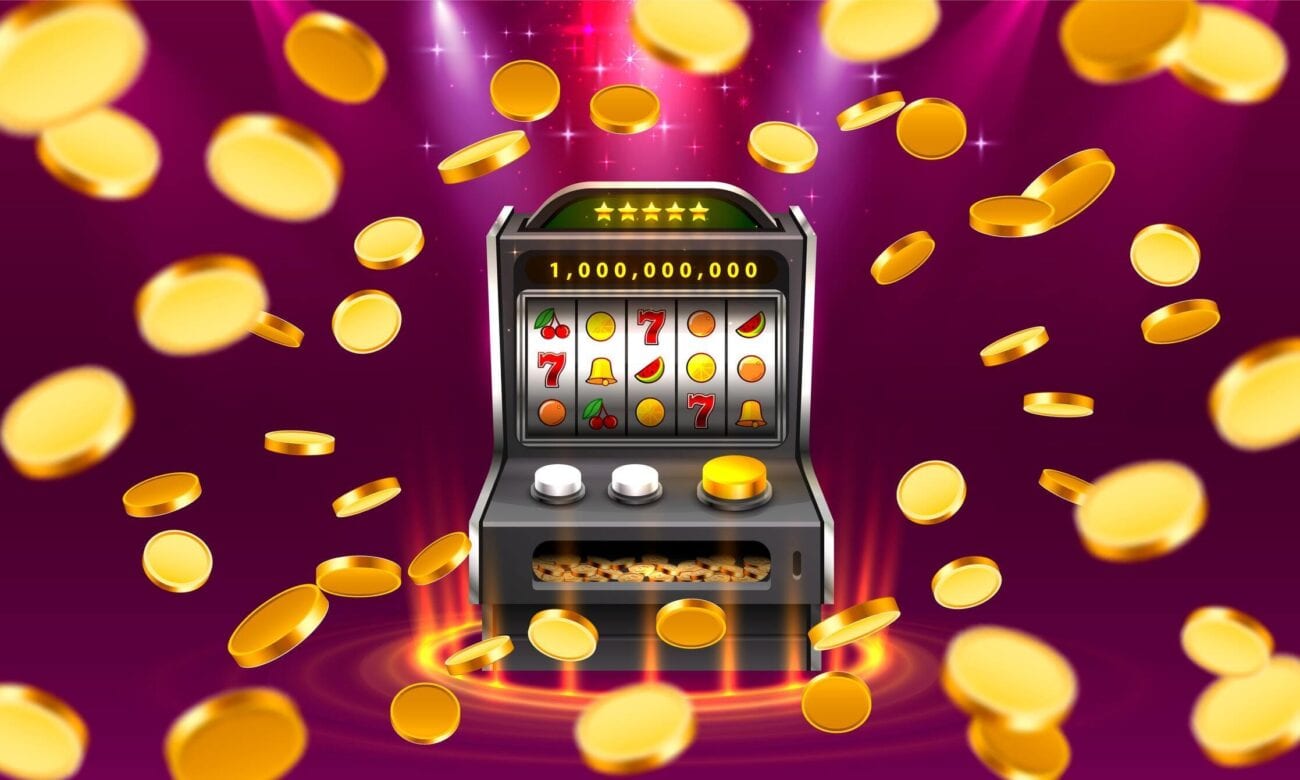When it comes to a stroke, every second counts. The sooner the symptoms are recognized and treated, the better the outcome can be. The term ‘time is brain’ isn’t just a catchy phrase— Dr Ameer Hassan it’s a crucial concept underscoring the urgency required when handling this medical emergency. So let’s dive into the critical points of recognizing stroke symptoms and the importance of quick action.
Identifying The Warning Signs
Understanding the warning signs of a stroke can significantly impact the course of recovery. Here’s an easy way to remember how to spot these signs quickly: FAST.
• F – Face Drooping: Does one side of the face droop or feel numb? Ask the person to smile. Is the person’s smile uneven or lopsided?
• A – Arm Weakness: Is one arm weak or numb? Ask the person to raise both arms. Does one drift downward?
• S – Speech Difficulty: Is speech slurred? Is the person unable to speak or hard to understand?
• T – Time to Call 911: If someone shows any of these symptoms, even if the symptoms go away, call 911 immediately.
The Golden Hour: Acting With Urgency
In the event of a stroke, there’s a ‘golden hour’ — Dr Ameer Hassan a critical window where treatment is most effective.
The Crucial Window For Treatment
The sooner medical treatment begins, the better the chances of mitigating the debilitating effects of a stroke.
With expertise from professionals like Dr Ameer Hassan in stroke intervention, the golden hour isn’t just about the immediate response but also involves the quality of care following the initial treatment.
Other Symptoms To Watch Out For
The FAST acronym doesn’t cover all stroke symptoms. Other signs include:
• Sudden Confusion: Trouble with understanding speech or inability to articulate thoughts coherently can signal a stroke.
• Vision Problems: Sudden trouble seeing in one or both eyes may occur during a stroke.
• Unexplained Balance Issues: Sudden dizziness, loss of coordination, or trouble with balance and walking are key signs to heed.
The Aftermath: Steps Following Immediate Intervention
After initial intervention, the journey isn’t over.
• Medical Follow-Up: Continued medical evaluation and follow-up are crucial for a full recovery.
• Rehabilitation: For some, the path to recovery includes rehabilitation—this can mean physical therapy, occupational therapy, or speech therapy, among others.



